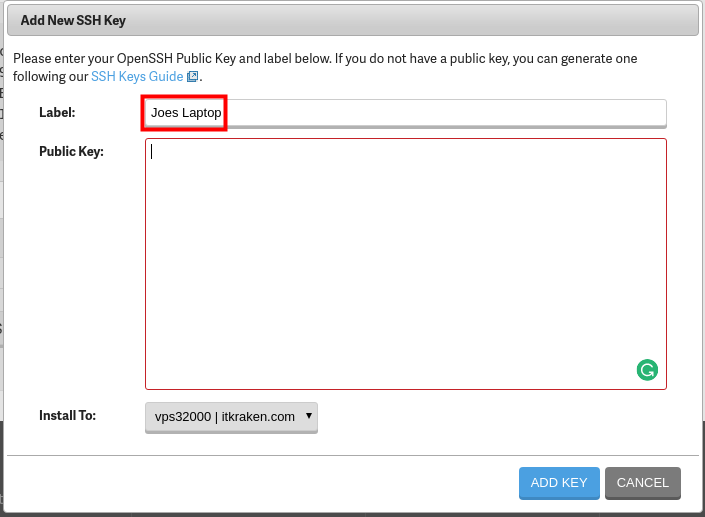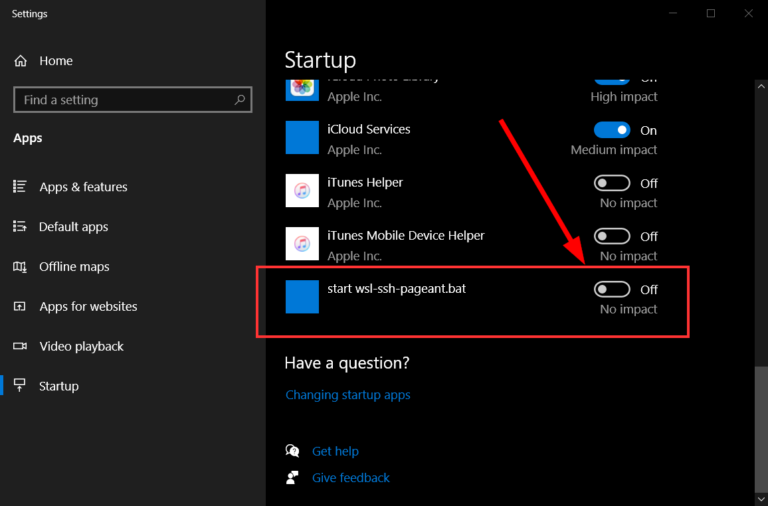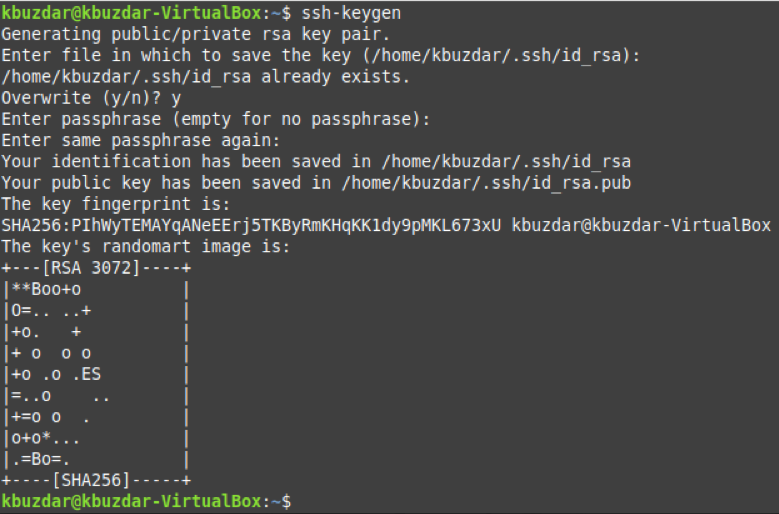
You should just accept the default location, unless you have a reason to change it. Sample output: Generating public/private rsa key pair.Įnter file in which to save the key (/Users/yourusername/.ssh/id_rsa): <- Press the Enter or Return key

The command prompts you for a file to save the key in: $ ssh-keygen Setting up SSH keys is easiest on Mac and Linux, and is practically identical. By default, the system adds keys to the /Users//.ssh directory on MacOS and /home//.ssh on Linux.įrom the terminal, enter ssh-keygen at the command line. This article just deals with how you can create an appropriate SSH key on your local machine for use with Webdock. Click here to read our article on how to use your Public Key with Webdock.

The private key is stored on your local machine, and should not be shared, while the public key is what you add to your Webdock account, and then assign to your shell users on your servers.

When you want to gain SSH acccess to a server, you need to generate a public/private keypair on your local computer.


 0 kommentar(er)
0 kommentar(er)
